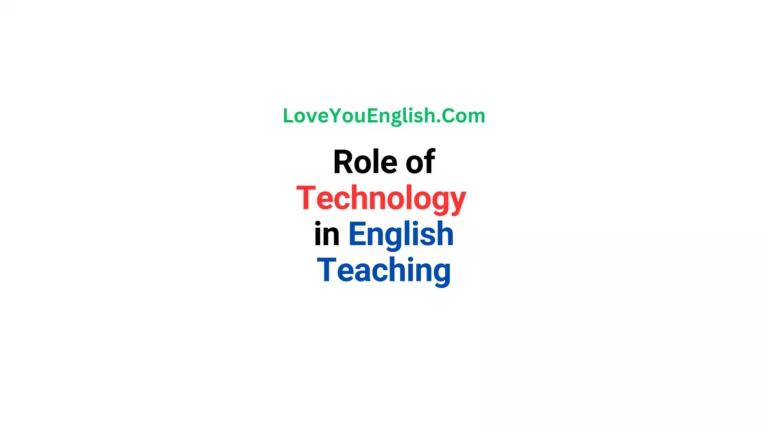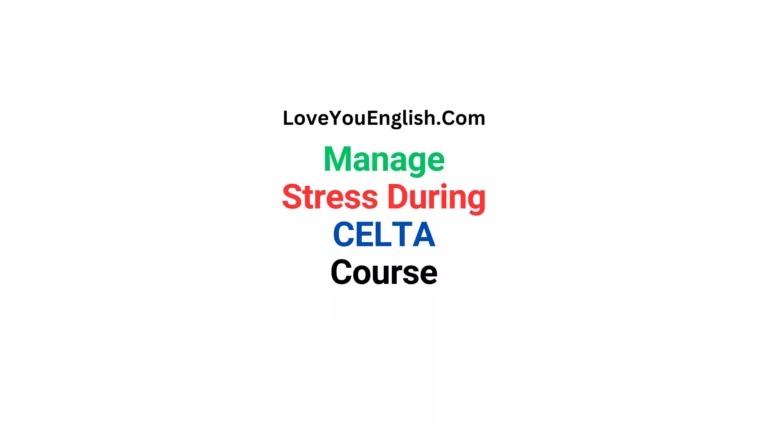Effective Strategies for Teaching English Grammar
Effective Strategies for Teaching English Grammar
Have you ever wondered why some students master English grammar effortlessly while others struggle to make sense of it?
Teaching English grammar doesn’t have to feel like climbing a mountain.
I’ve been there—standing in front of a classroom, watching students’ eyes glaze over as I explain the difference between “their” and “there.” It’s tough, right?
But over time, I’ve learned that with the right strategies, grammar can become fun, clear, and even exciting for learners.
Whether you’re a teacher, a tutor, or just helping a friend, this blog post will share simple, effective ways to teach English grammar that actually work.
Let’s dive in and make grammar less of a mystery and more of an adventure!
Why Grammar Matters (And Why It’s Hard)
Before we get into the how, let’s talk about the why. Grammar is the backbone of any language. It’s the set of rules that helps us put words together so people understand us. Without it, sentences turn into a jumbled mess—like trying to build a house without nails. But here’s the thing: grammar can feel boring or tricky, especially for beginners. Rules like “don’t end a sentence with a preposition” or “use the past perfect tense here” sound like a secret code to crack. That’s why we need strategies that make it simple and stick with students.
I remember my first time teaching grammar. I thought explaining rules from a textbook would do the trick. Nope! Half the class was lost, and the other half was doodling. That’s when I realized: teaching grammar isn’t about dumping rules on people—it’s about making it real, relatable, and hands-on. So, let’s explore some strategies that do just that.
Strategy 1: Start with What They Know
Here’s a golden rule: build on what students already understand. If they’re beginners, don’t jump into complex stuff like subjunctive mood. Start with the basics—nouns, verbs, simple sentences. For example, ask them to name things they see (nouns) or actions they do (verbs). “The dog runs.” Simple, right? They already know these words from everyday life; you’re just giving them names.
I once had a student who loved soccer. So, I started with sentences like, “Messi kicks the ball.” He got it instantly because it connected to something he cared about. Use their interests—sports, music, food, whatever—to sneak grammar in. It’s like hiding veggies in a smoothie; they don’t even realize they’re learning!
For more advanced learners, build on what they’ve mastered. If they know present tense, introduce past tense with examples they relate to: “Yesterday, I played video games.” Starting small and familiar keeps them confident and curious.
Strategy 2: Make It Visual and Fun
Let’s be honest—grammar rules on a whiteboard can feel like a snooze fest. But add colors, pictures, or games, and suddenly, it’s a party! Visuals help students see grammar in action, not just hear about it.
Try this: draw a timeline on the board for tenses. Put “Past” on the left, “Present” in the middle, and “Future” on the right. Then, add examples: “I ate” (past), “I eat” (present), “I will eat” (future). Point to each spot as you say it. It’s like a map they can follow. I’ve seen students light up when they “get” it this way—it’s like a puzzle clicking into place.
Games work wonders too. Play “Grammar Bingo” with words like “is,” “was,” or “are.” Or try a sentence-building race: give them words (like “cat,” “jumped,” “fence”) and see who makes a sentence first. Keep it light and silly—laughter makes learning stick.
Strategy 3: Use Real-Life Examples
Textbooks are fine, but real life is better. Show grammar in action with things students already see or hear—songs, movie lines, even their own sentences. One time, I played a pop song in class and asked, “What verbs do you hear?” They picked out “run,” “sing,” “dance” without even realizing they were spotting action words.
You can also use their own words. Ask them to tell a quick story: “What did you do yesterday?” They might say, “I go to park.” Gently tweak it: “Awesome! Let’s try, ‘I went to the park.’ See how ‘went’ fits yesterday?” It’s correction without the lecture, and they feel proud fixing it themselves.
Social media works too. Pull up a funny post or meme and ask, “What’s the verb here?” or “Why did they use ‘is’ instead of ‘are’?” It’s grammar in the wild, and it feels alive—not trapped in a rulebook.
Strategy 4: Practice, Practice, Practice (But Keep It Short)
Here’s a secret: grammar sticks when students use it, not when they just hear it. But don’t overwhelm them with endless worksheets. Short, bite-sized practice is the key.
Try this: give them one rule to focus on—like adding “-s” to present tense verbs for “he” or “she.” Then, do a quick activity. Say, “Tell me three things your friend does every day.” They might answer, “He walks, he eats, he sleeps.” Boom—they’re practicing without even knowing it.
Mix it up with speaking, writing, and listening. One day, have them write five sentences. The next, chat about their weekend. Keep it short—five minutes here, ten there—so they don’t burn out. I’ve found that little bursts of practice beat hours of drills every time.
Strategy 5: Tell Stories Together
Stories are magic. They pull people in and make grammar feel natural. Start a group story in class: “One day, a dragon flew over the town.” Then, pass it to a student: “What happened next?” They might say, “It lands on a house.” Nudge them: “Great! Since it’s past, let’s say, ‘It landed on a house.’” Keep going around the room.
This works because they’re focused on the story, not the rules. But sneakily, they’re practicing tenses, pronouns, whatever you weave in. Plus, it’s fun—who doesn’t love a wild tale about dragons or aliens?
I once did this with a class, and they got so into it, they didn’t notice we’d covered past tense and adjectives in one go. By the end, they were begging to keep the story going!
Strategy 6: Break It Down (No Jargon)
Grammar can sound like a foreign language with words like “gerund” or “participle.” Skip the fancy terms unless they’re ready. Instead, break it into chunks they can chew.
Take subject-verb agreement. Don’t say, “The subject must agree with the verb.” Say, “Look at who’s doing the action. If it’s one person, add an ‘-s’ to the verb. ‘She runs.’ If it’s more, skip the ‘-s.’ ‘They run.’” Simple, right? Show it, don’t preach it.
I had a student who froze when I said “adverb.” So, I switched gears: “These words tell us how something happens—like ‘quickly’ or ‘slowly.’” She nodded, and we moved on. Keep the language human, and they’ll stay with you.
Strategy 7: Celebrate Mistakes
Mistakes are gold. Seriously. When a student says, “I goed to school,” don’t cringe—cheer! They’re trying, and that’s half the battle. Gently guide them: “Close! For yesterday, we say ‘I went to school.’ Try again?” They’ll feel safe to keep going.
I used to correct every error, thinking it’d help. It didn’t—it just shut them down. Now, I pick one thing to fix and let the rest slide. They learn faster when they’re not scared to mess up. Plus, it’s a confidence boost when they nail it next time.
Strategy 8: Mix It Up with Technology
Kids love screens—use that! Apps like Duolingo or Grammarly can reinforce what you teach. Or record a quick video of yourself explaining a rule, like “when to use ‘a’ or ‘an,’” and share it. They can watch it anytime.
Online quizzes are great too. Set up a five-question game: “Pick the right word: ‘She ___ (run/runs) every day.’” They get instant feedback, and it feels like play, not work. I’ve seen shy students shine when they can click answers instead of speak up.
Wrapping It Up: Keep It Simple, Keep It Human
Teaching English grammar doesn’t need to be a headache. Start with what they know, make it fun, use real life, and practice in small doses. Tell stories, skip the jargon, cheer their mistakes, and toss in some tech. It’s not about perfection—it’s about progress.
I’ve watched students go from “I hate grammar” to “Hey, I get this!” with these tricks. It’s not magic; it’s just teaching like a friend, not a robot. So, next time you’re facing a room of puzzled faces—or even just one—try these ideas. You might be surprised how fast they catch on.
What’s your favorite way to teach or learn grammar? I’d love to hear your stories—drop them below! Let’s keep this conversation going and make grammar a little less scary for everyone.
Read more:
- Tips for Teaching English in a Classroom
- Explore the world of TEFL online teaching
- Creating a Positive Learning Environment in ESL classrooms
- Remote Education Jobs Opportunities







